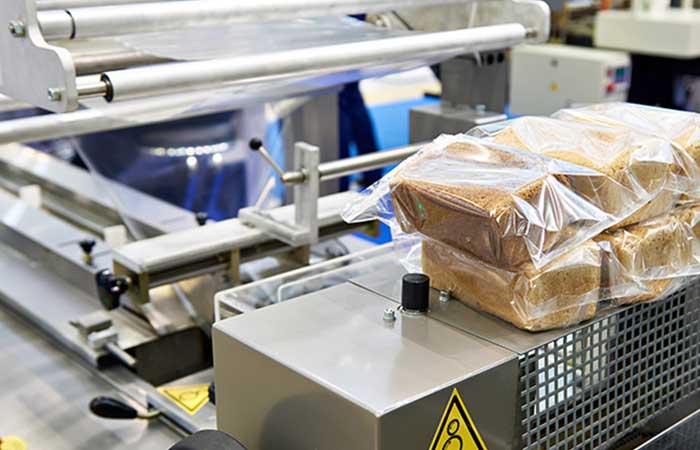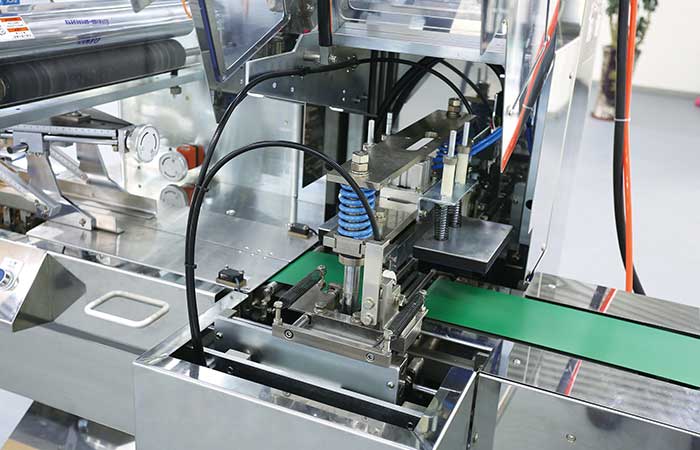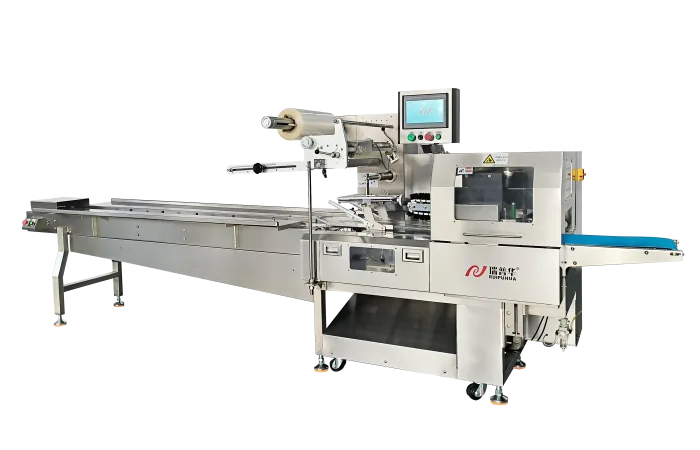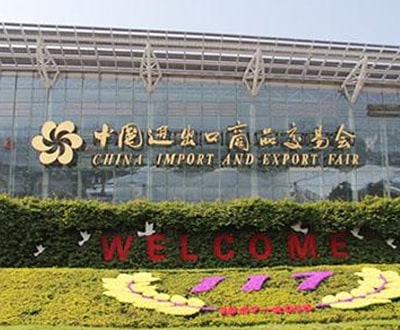A Fresh Approach: Streamlining Vegetable Flow Packaging Lines
A Fresh Approach: Streamlining Vegetable Flow Packaging Lines
When it comes to packaging vegetables efficiently, having a streamlined flow packaging line can make a world of difference. From carrots to cucumbers, each vegetable requires careful handling to maintain its freshness and quality. In this blog post, we’ll explore the essential steps involved in optimizing a vegetable flow packaging line to ensure that your produce reaches consumers in peak condition.
1. Sorting and Washing
The first step in the process is sorting and washing the vegetables. This is where any defective items are removed, and the produce is cleaned to remove any dirt or debris. Automated sorting systems can quickly and accurately separate different types of vegetables, ensuring that only the best-quality items move on to the next stage of packaging.
2. Cutting and Slicing
Depending on the type of vegetable being packaged, cutting and slicing may be necessary. For example, bell peppers may need to be sliced into strips, while potatoes may need to be cut into cubes. Automated cutting machines can handle this task efficiently, ensuring uniformity in the size and shape of the vegetables.
3. Weighing and Portioning
Before packaging, the vegetables need to be weighed and portioned correctly. This ensures that each package contains the specified amount of produce, whether it’s a bag of baby carrots or a container of mixed salad greens. Automated weighing systems are essential for maintaining accuracy and consistency in portion sizes.
4. Packaging and Sealing
Once the vegetables are prepared, they are ready for packaging. Flow wrapping machines can quickly encase the produce in airtight packaging, protecting it from contamination and extending its shelf life. Whether it’s a flow-wrapped tray of broccoli florets or a bag of fresh spinach, proper sealing is crucial to preserving the vegetables’ quality.
5. Labeling and Coding
Lastly, each packaged item needs to be labeled and coded for traceability and marketing purposes. Automated labeling machines can print and apply labels with product information, expiration dates, and barcodes, ensuring that consumers have all the necessary details at their fingertips.
By implementing a well-designed vegetable flow packaging line, producers can streamline their operations, reduce waste, and deliver fresh, high-quality vegetables to consumers. From start to finish, each stage of the packaging process plays a crucial role in maintaining the integrity of the produce and meeting customer expectations. With the right equipment and processes in place, packaging vegetables can be a smooth and efficient operation that benefits both producers and consumers alike.
For more insights on optimizing your vegetable flow packaging line, stay tuned for our upcoming blog posts!
-
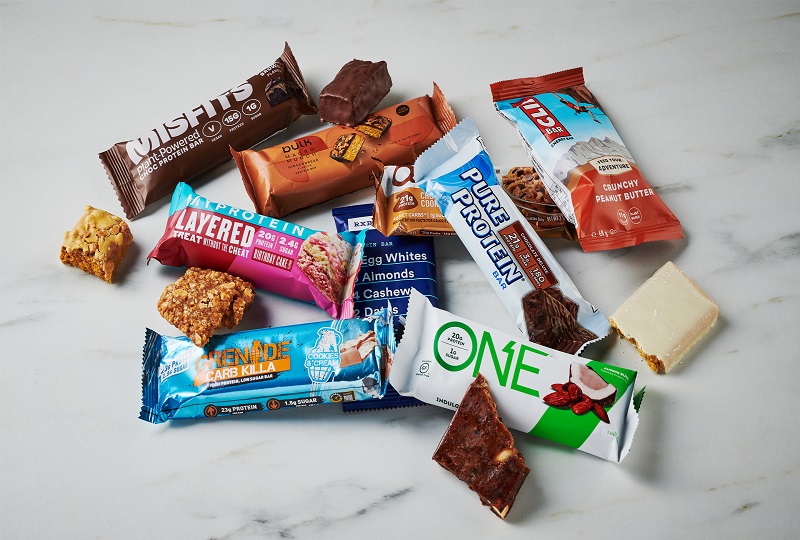 01
01Further Discussion About Protein Bar Packing Machinery
27-02-2024 -
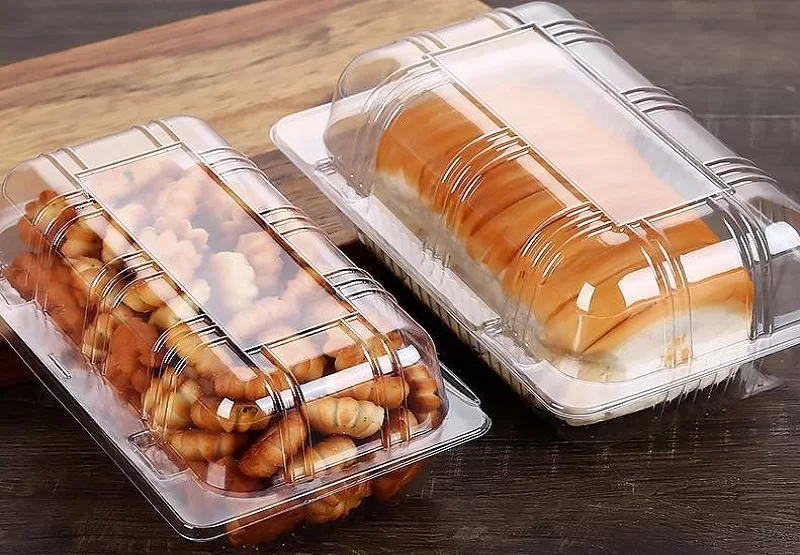 02
02Sustain The Best Crispy With Automatic Packaging Machines
29-01-2024 -
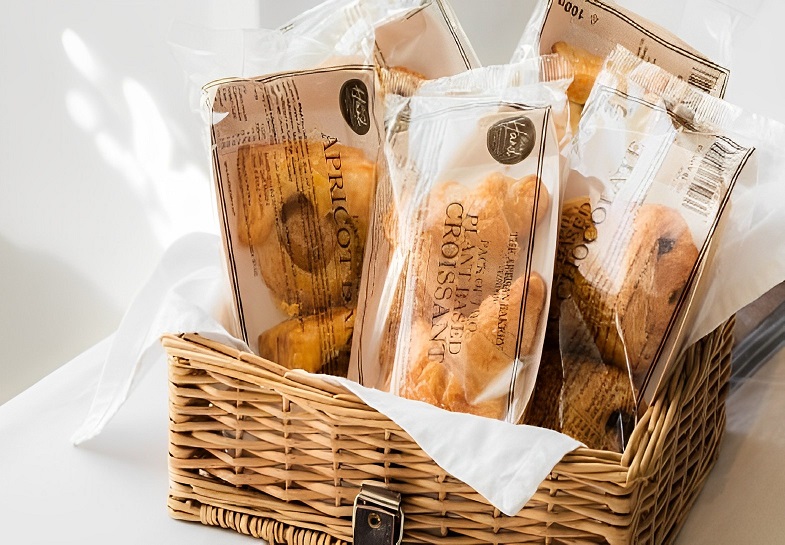 03
03Bread Packing Machine For Bakery Business
19-01-2024 -
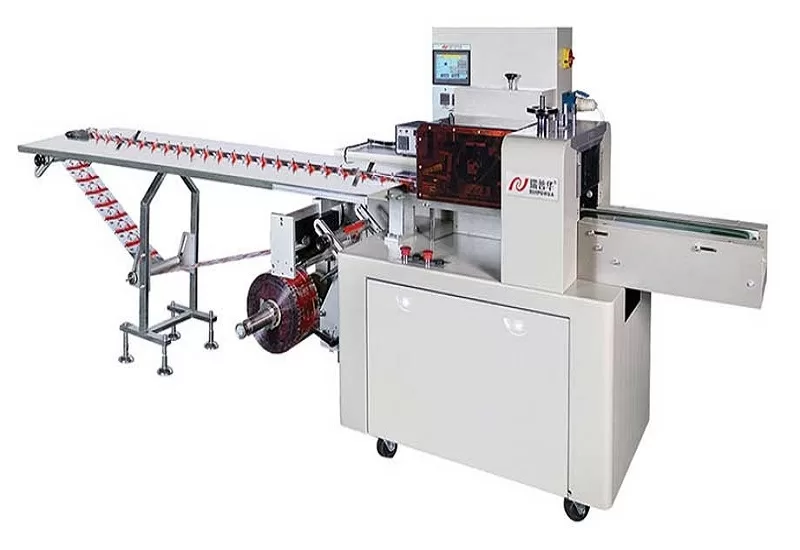 04
04How Flow Wrappers Are Adapting to Changing Trends
01-11-2023 -
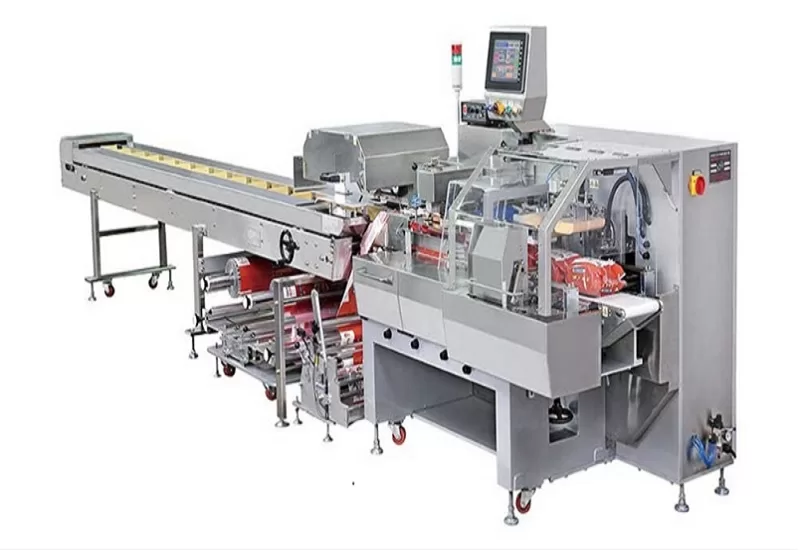 05
05The Comprehensive Guide to Packaging Machinery
31-10-2023 -
 06
06Automatic Cookie Packaging System Performance
01-09-2023 -
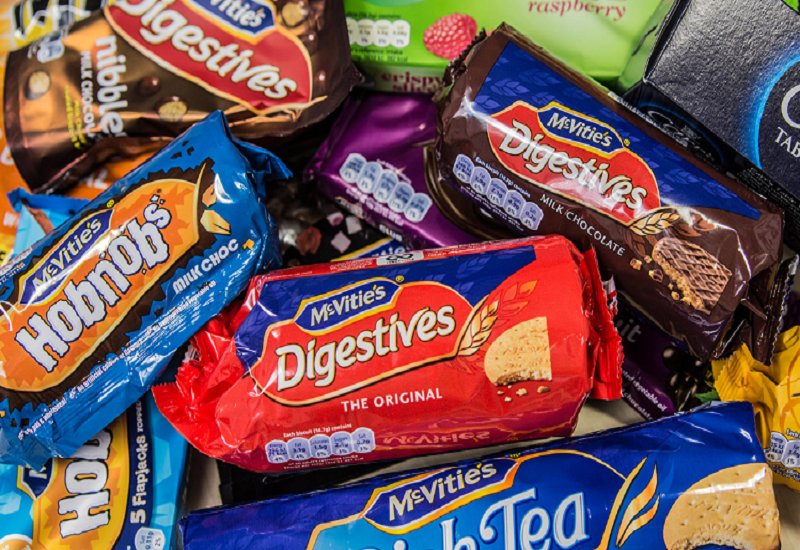 07
07Streamlining Biscuit Packaging with Multipack Biscuit Packaging Machines
25-08-2023 -
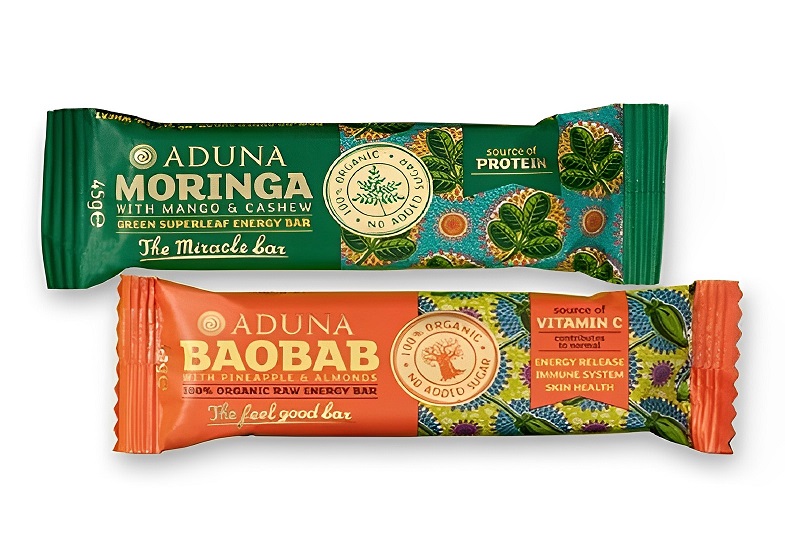 08
08From Assembly To Shipping: The Energy Bar Packaging Machine Does All
28-02-2023 -
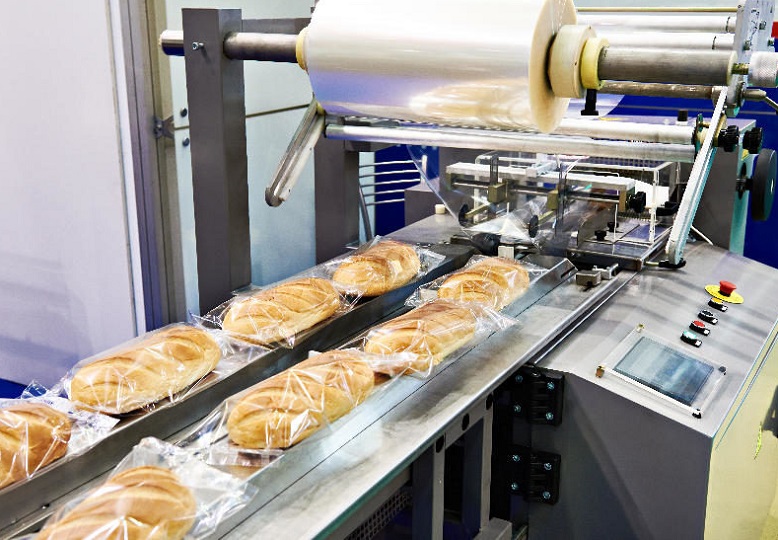 09
09Maximizing Efficiency With Food Packaging Machine Technology
22-02-2023 -
 10
10Clients Hunt For Professional And Functional Packaging Machine
10-11-2022



